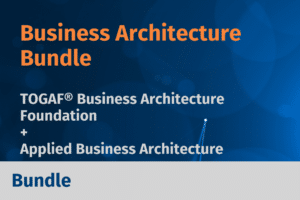As disruptive innovation continues to reshape industries many business leaders are forced to generate new business models to create new or complementary offerings. Market competition puts immense pressure on businesses, often requiring them to act more like a start-up. Businesses need to balance quick decision making, partnerships and process adoption with the appropriate level of business governance to meet the corresponding growth phase. Departmental areas like legal, finance, and procurement must also respond and react in a timely fashion.
The emphasis needs to be fit-for-purpose however this often goes against what is commonly a slow to change and risk-averse operating environment. To build a more streamlined approach to business change and supporting architectural services, it is important that the business procedures and foundational information system (IS) solutions are designed to be agile and fit-for-purpose at different stages of their business operating maturity.
Some characteristics of an agile architecture might include:
- Defining a roadmap-lite to move from start-up to target state with fast, iterative transition steps
- Just-in-time, single page business cases with Total Cost of Ownership (TCO) – Capex vs Opex, cost benefit analysis and IT spend justification
- Rent rather than Buy – To drive down time to implement consider adopting Software as a Service (SaaS) and Cloud Solutions
- Streamlining and right-sizing impact and risk assessments to governing the solution architecture and its implementation
- Introducing a mechanism to fast-track exemptions from certain architectural mandates with risks clearly identified, understood and accepted by the business
- Promotion of the use of Agile execution tools & techniques such as SCRUM and Kanban
Speed-to-market is a key value driver which in turn drives the appetite to buy versus build, adopt rather than create and partner rather than own. A big challenge for many architects is to be seen as an ally to speed rather than a blocker. Experienced practitioners who learn how to balance pragmatism and rigour, who know when guidance is more suitable than governance, and who also know when it’s time to deep dive, will be key to successful delivery in a fast changing environment.




































































